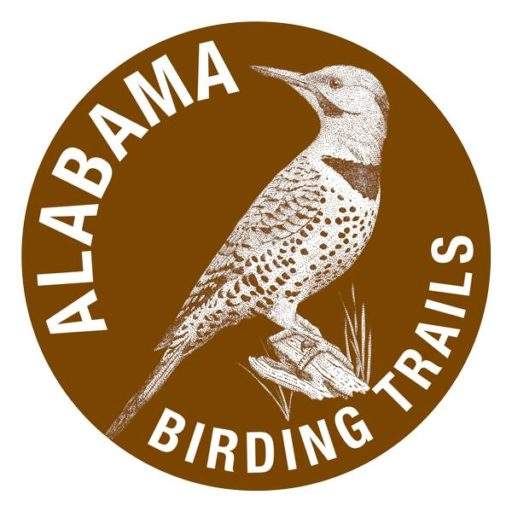OFF THE PORCH with Judy and Don Self
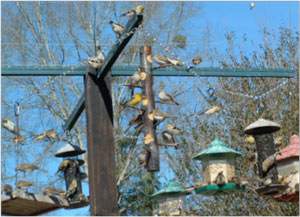
Okay, so February is here. Deer and duck season have come and gone; neither of our football teams won the national championship; and you feel a bad case of cabin fever coming on. Well, I have a solution, at least for four days at mid-month. Give the Great Backyard Bird Count (GBBC) a try! The dates are February 14 – 17, 2014.
The GBBC is a joint project of the Cornell Laboratory of Ornithology and the National Audubon Society with partner Bird Studies Canada. For information about the 2015 GBBC, visit here.
The basic concept of the GBBC is to create a world-wide snapshot of winter bird populations. Since there simply aren’t enough professional ornithologists to cover the whole world, the project relies upon volunteers (citizen scientists) to count and report. That’s where you and I come in.
So, why should I participate? The serious answer is that scientists obtain crucial data at a scale that would otherwise be impossible. From our reports scientists track the health of bird populations, identifying the impact of diseases like West Nile virus and expansion of the range of both native and introduced species like the Eurasian Collared Dove (that big “ring-necked” dove that showed-up in your yard a few years ago).
For school-age youngsters, the GBBC gives them an opportunity to participate in real hands-on science. I’m sure there’s at least one science fair project in there somewhere.
On the other hand, it gives us an excuse for getting outdoors. And, it’s easy, fun and it’s free!
Who can participate? Anyone anywhere in the world who can count birds for at least 15 minutes on one or more days of the count and who can enter their sightings online can participate! Please note that you’ll need an e-mail address to enter your observations.
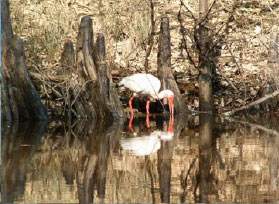
All skill levels and ages are welcome. And for the beginner and intermediate bird watcher, Cornell just introduced its Merlin bird identification app that’s available at www.merlin.allaboutbirds.org.
Where should I count birds? You can count anywhere you find birds. Your backyard and around your bird feeders works, but also think of the local municipal or Corps of Engineers park, your favorite lake, deer stand or duck blind, a local wildlife refuge, and may I suggest, one or more of the stops on one of Alabama’s birding trails.
The Piney Woods Birding Trail in southwest Alabama offers excellent opportunities for winter birding and is in a part of the state that is under-reported in previous counts. Stops on the trail are open to the public and have habitat that attracts birds. For the birding trail stop nearest you use the map feature or browse the trails using the links above.
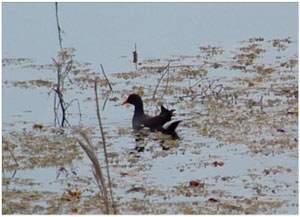
And if you simply can’t pry yourself out of that recliner, drag it over to a window where you can keep an eye on your backyard and count away!
When should I count birds? The GBBC begins at 6:00 am CST on Friday, February 14 and continues through Monday, February 17. In mid-winter, birds are active pretty much all day, but peak feeding activity occurs early in the morning and again in mid-afternoon. And don’t forget the American Woodcock that begins his courtship display at dusk. Alabama’s owl species present some interesting challenges. The Great Horned Owl can be out and about at any time of the day (they may already have young in the nest) while the Barred Owls generally begin to call and hunt by about 3:00 pm. The Eastern Screech Owl and Barn Owl are more nocturnal and generally won’t stir until after dark.
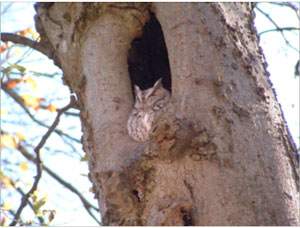
Do I need any special equipment? Well, a pair of 7X35 binoculars is always useful, as is a good field guide (Peterson, Sibley, or National Geographic). Although, the All About Birds website has just about everything you’d want to assist with identifying the birds you’re likely to see.
A final hint: Visit the GBBC website, www.gbbc.birdcount.org and review the time, location and type of report data that you’ll need to collect before starting your count. It’s also not a bad idea to download and use the regional checklist that’s available there.
